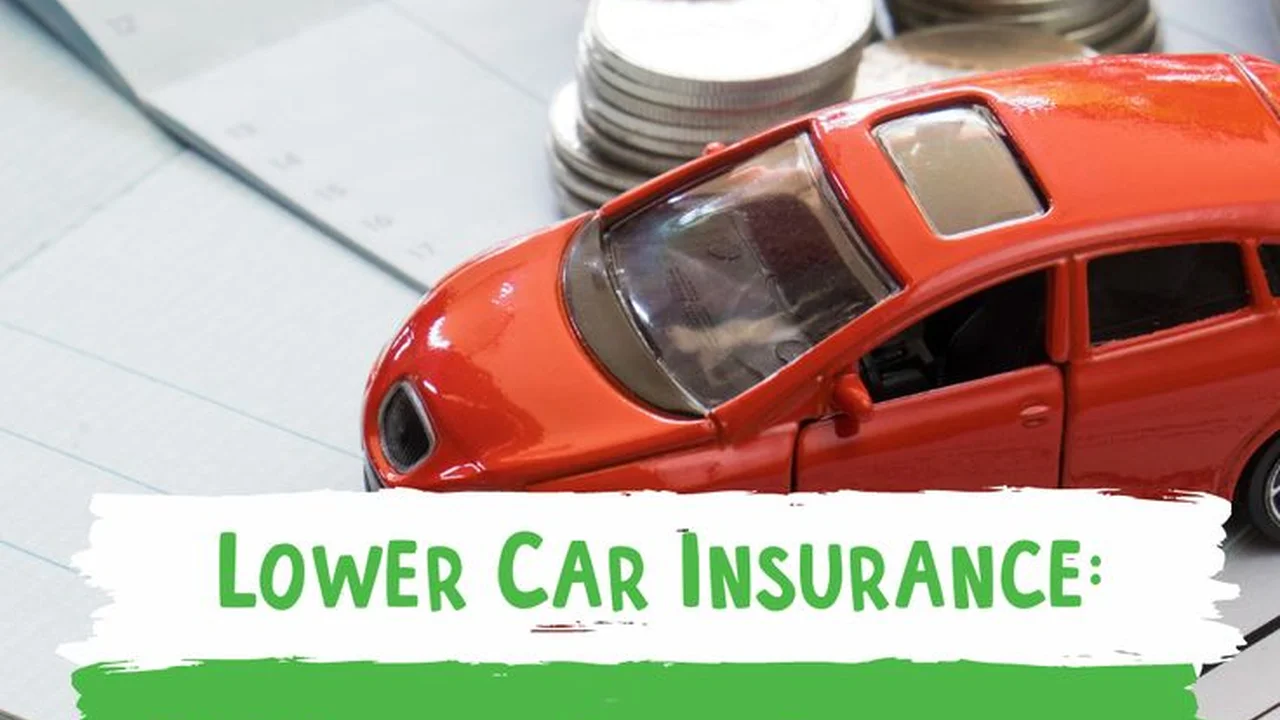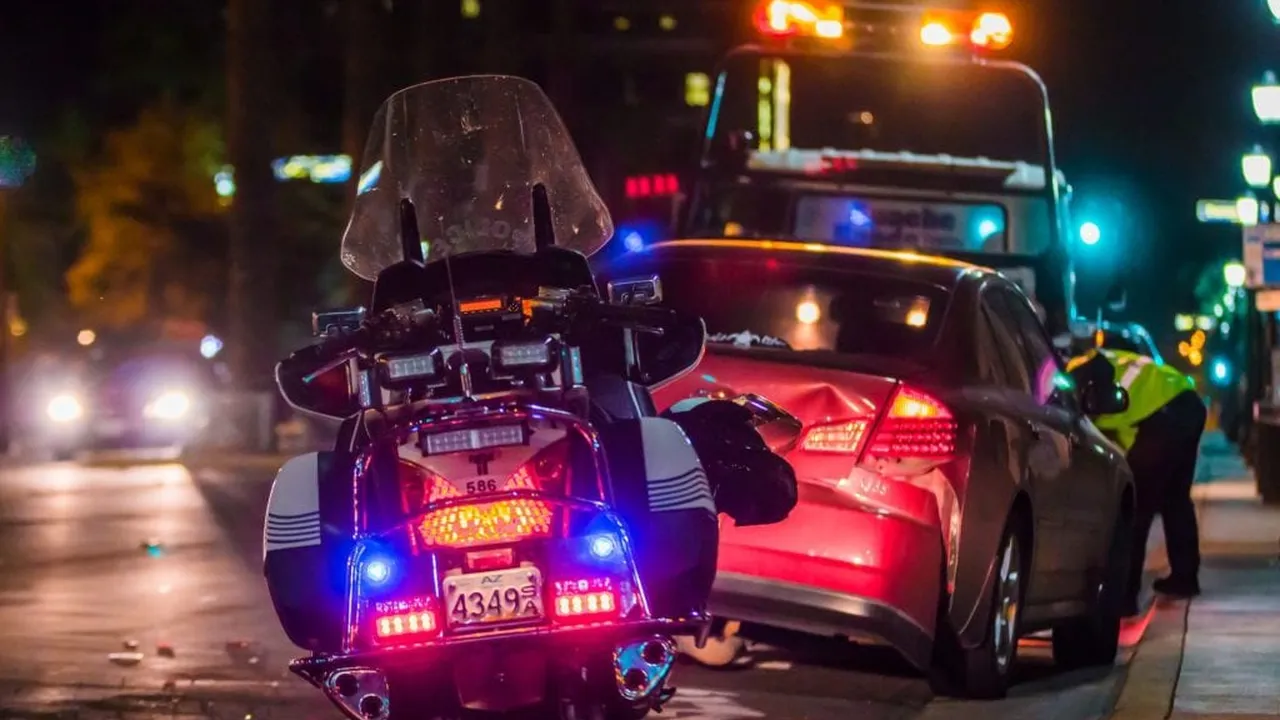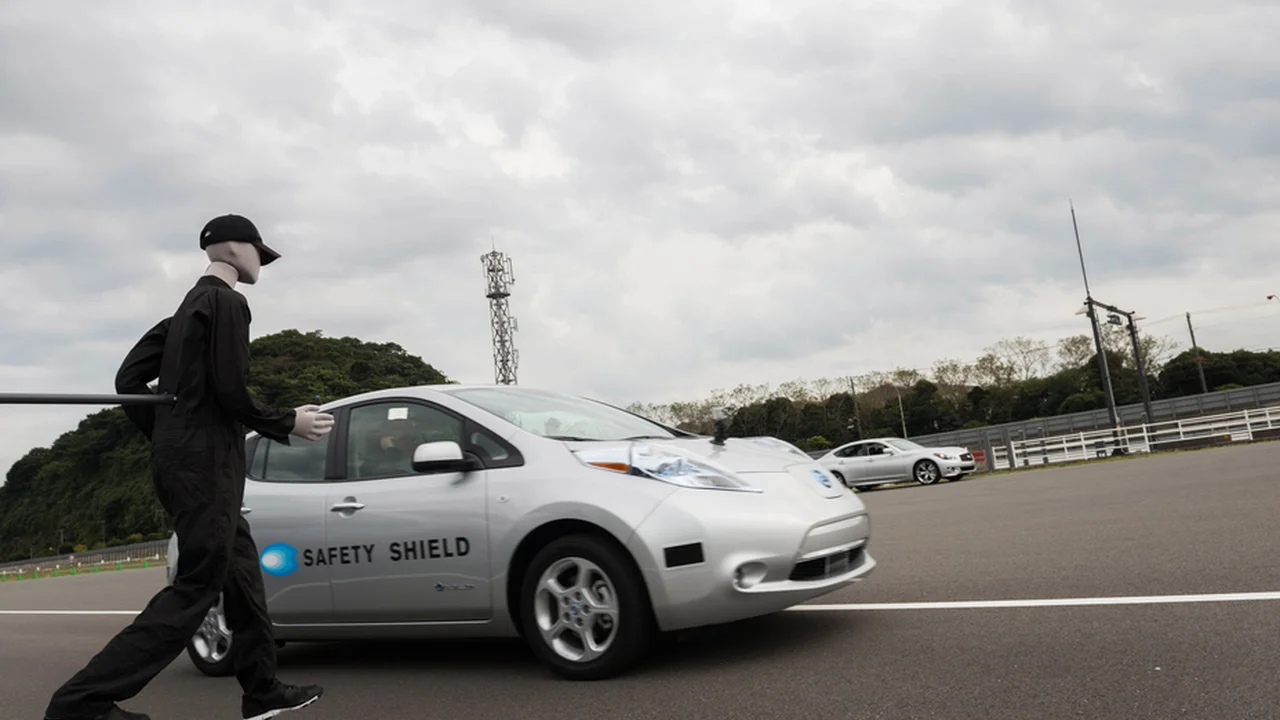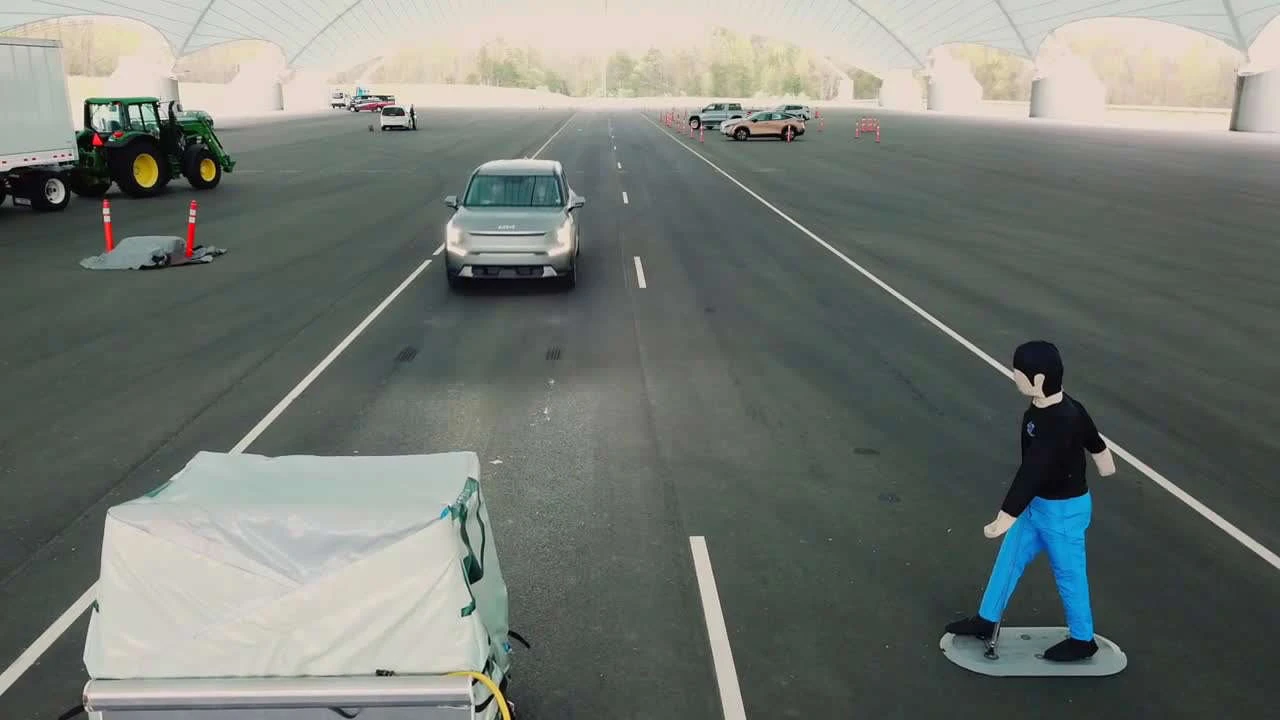The Role of Crumple Zones in Protecting Vehicle Occupants
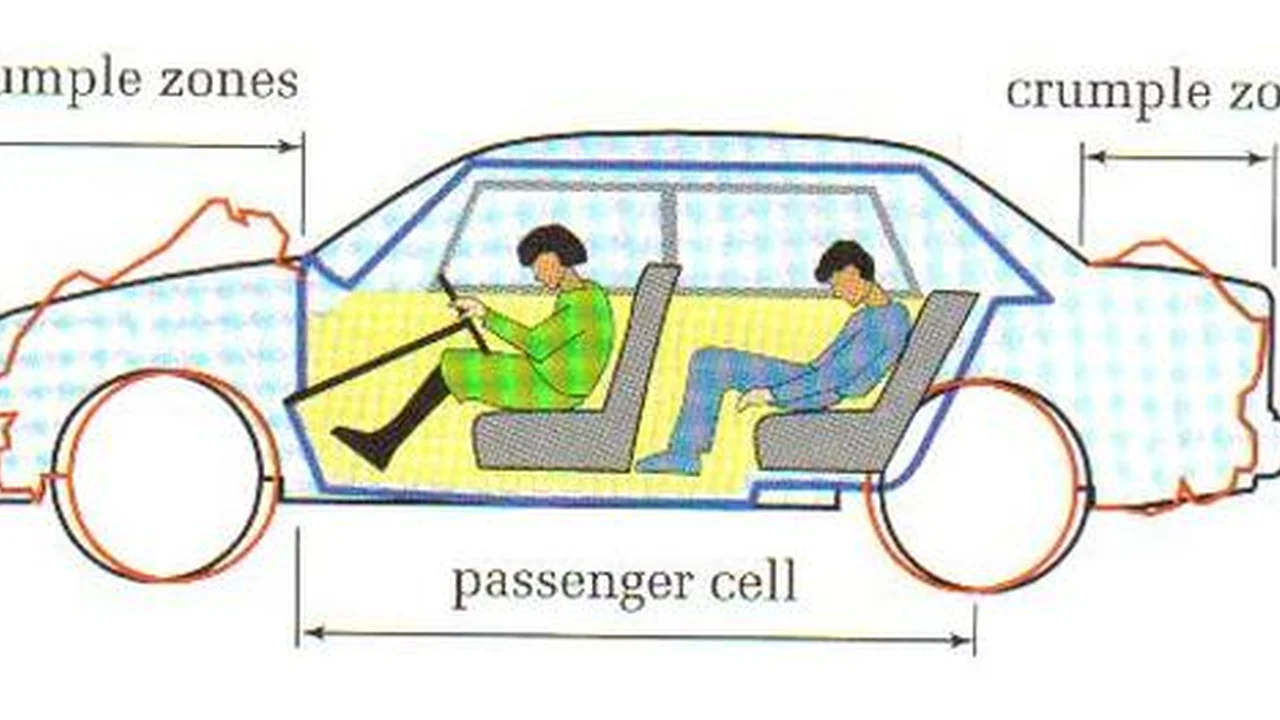
Understanding Crumple Zones Vehicle Safety Design
Alright, let's dive into something super important when we talk about car safety: crumple zones. Ever wondered why the front and back of your car are designed to, well, crumple in a crash? It's not a design flaw; it's a life-saving feature!
Crumple zones are specifically engineered areas of a vehicle designed to deform and collapse in a collision. This deformation absorbs and dissipates the kinetic energy of the impact, preventing it from being transferred directly to the occupants inside the vehicle. Think of it like a giant shock absorber for your car.
The basic idea is simple physics: energy has to go somewhere. By controlling where and how the car deforms, engineers can redirect the force of a crash away from the passenger compartment, where you and your loved ones are sitting. This dramatically reduces the risk of serious injury or death.
How Crumple Zones Work Impact Absorption Explained
So, how exactly do these crumple zones work their magic? It’s all about controlled deformation. When a vehicle collides with another object, the crumple zone is designed to buckle and fold in a specific pattern. This controlled buckling increases the time over which the deceleration occurs. Instead of stopping instantaneously (which would be disastrous for the occupants), the deceleration is spread out over a fraction of a second.
That fraction of a second makes a HUGE difference. The longer the deceleration time, the lower the forces experienced by the occupants. Think of it like catching a baseball: you move your hand backward as you catch it to increase the time of impact and reduce the sting. Crumple zones do the same thing for your body in a car crash.
Materials play a critical role too. Carmakers use different types of steel and other materials in the crumple zones, each with specific properties designed to crush and absorb energy in a predictable way. High-strength steel is often used in the passenger compartment to resist deformation and protect the occupants, while softer, more deformable materials are used in the crumple zones.
Crumple Zone Placement Front Rear and Side Impact Zones
You'll find crumple zones at the front and rear of most vehicles. These are designed to protect occupants in head-on and rear-end collisions, which are among the most common types of accidents. Some modern vehicles also incorporate side impact crumple zones in the doors and side structures to protect against side collisions.
The design of crumple zones is highly complex and involves extensive computer modeling and crash testing. Engineers use sophisticated software to simulate different crash scenarios and optimize the design of the crumple zones to provide the best possible protection.
It’s not just about crumpling, though. The entire vehicle structure is designed to work together to protect the occupants. The safety cage, which surrounds the passenger compartment, is made of high-strength steel to resist deformation and maintain the integrity of the occupant space. Airbags and seatbelts work in conjunction with crumple zones to further reduce the risk of injury.
Crumple Zones and Vehicle Size Safety Considerations
There's a common misconception that bigger cars are always safer. While size can play a role in safety, it's not the only factor. Modern small cars with well-designed crumple zones can often provide better protection than older, larger vehicles with less sophisticated safety features.
The key is the effectiveness of the crumple zones and the overall vehicle structure. A small car with well-engineered crumple zones and a strong safety cage can absorb and dissipate crash energy just as effectively as a larger vehicle. In some cases, a smaller vehicle may even be safer because it’s more maneuverable and easier to avoid accidents in the first place.
Of course, in a collision between a small car and a large truck, the laws of physics are still in play. The larger vehicle will generally have an advantage due to its greater mass. However, modern safety features like crumple zones, airbags, and electronic stability control have significantly improved the safety of all vehicles, regardless of size.
Product Recommendations Crash Protection Accessories and Upgrades
While you can’t exactly “upgrade” your car’s crumple zones (they’re built into the vehicle’s structure), there are several products that can enhance your overall safety and protect you in a crash.
- High-Quality Child Car Seats: If you have kids, investing in a top-rated child car seat is absolutely essential. Look for seats that have been tested and certified to meet or exceed safety standards. Brands like Britax, Graco, and Chicco are known for their quality and safety features. Price range: $150 - $400.
- Dash Cams with Impact Recording: A dash cam can record video footage of accidents, providing valuable evidence for insurance claims and legal proceedings. Some dash cams also have built-in sensors that detect impacts and automatically save the footage. Consider models from Garmin, BlackVue, or Thinkware. Price range: $50 - $300.
- Emergency Escape Tool: In a serious accident, you may need to quickly escape from your vehicle. An emergency escape tool, like the ResQMe car escape tool, can cut through seatbelts and break windows. It’s a small, inexpensive device that could save your life. Price: around $15.
- First Aid Kit: A well-stocked first aid kit is a must-have for any vehicle. Make sure it includes bandages, antiseptic wipes, pain relievers, and other essential supplies. You can buy pre-assembled kits or create your own. Price range: $20 - $50.
Comparing Safety Products Features and Benefits
Let's compare a couple of these products to give you a better idea of what to look for:
Child Car Seats: Britax vs. Graco
- Britax: Known for their superior safety features, such as side impact protection and energy-absorbing materials. Britax seats tend to be more expensive but offer a higher level of protection.
- Graco: A more budget-friendly option that still offers good safety. Graco seats are generally easier to install and use, making them a good choice for parents who are new to car seats.
Dash Cams: Garmin vs. BlackVue
- Garmin: Offers a range of dash cams with features like GPS tracking, lane departure warnings, and forward collision alerts. Garmin dash cams are known for their reliability and ease of use.
- BlackVue: A premium brand that offers high-resolution video recording and advanced features like cloud connectivity and parking mode. BlackVue dash cams are more expensive but offer a higher level of performance and features.
Crumple Zones The Future of Vehicle Crashworthiness
Crumple zones are a critical component of modern vehicle safety. They work by absorbing and dissipating crash energy, reducing the forces experienced by the occupants. While you can't directly modify your car's crumple zones, you can enhance your overall safety by investing in high-quality safety products like child car seats, dash cams, and emergency escape tools. Remember, staying safe on the road is all about being prepared and making smart choices.
:max_bytes(150000):strip_icc()/277019-baked-pork-chops-with-cream-of-mushroom-soup-DDMFS-beauty-4x3-BG-7505-5762b731cf30447d9cbbbbbf387beafa.jpg)



